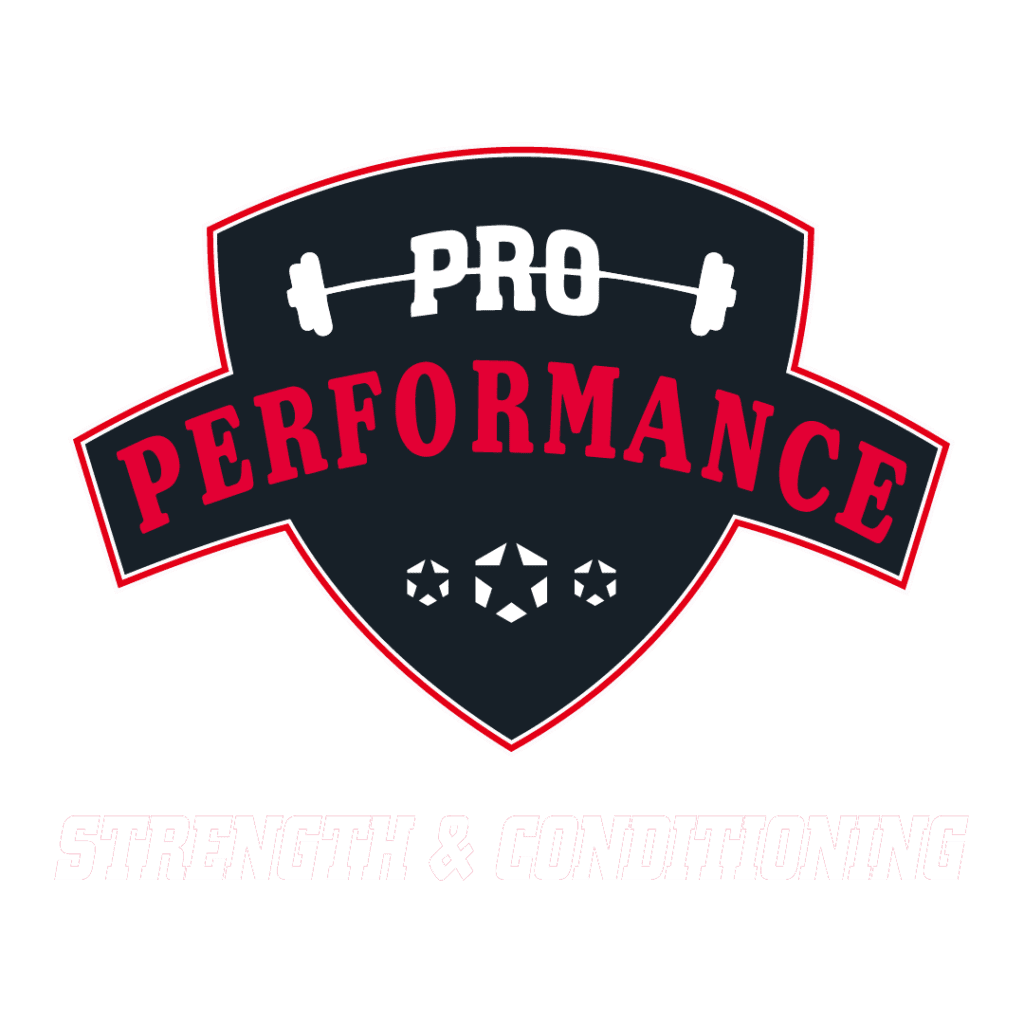Introduction: Losing muscle mass can happen due to various factors such as a sedentary lifestyle, ageing, illness, or extended periods of inactivity. However, the good news is that with the right approach and dedication, it is possible to regain lost muscles and restore your strength and fitness. In this article, we will discuss effective strategies and tips to help you on your journey to rebuilding muscle and achieving a healthier, stronger body.
- Start with Resistance Training: Resistance training is the cornerstone of regaining lost muscles. Incorporate exercises that target all major muscle groups into your workout routine. Focus on compound movements such as squats, deadlifts, bench presses, and rows, as they engage multiple muscles simultaneously and stimulate muscle growth. Gradually increase the intensity and weight as you progress to challenge your muscles and promote muscle hypertrophy.
- Prioritize Protein-Rich Diet: Protein is essential for muscle repair and growth. Ensure that your diet includes an adequate amount of high-quality protein sources such as lean meats, poultry, fish, eggs, dairy products, legumes, and plant-based proteins. Aim for a balanced distribution of protein throughout the day to support muscle protein synthesis. Consider incorporating protein-rich snacks or supplements to meet your daily protein requirements effectively.
- Optimize Nutrition and Caloric Intake: To regain lost muscles, it’s important to provide your body with the right nutrients and energy. Consume a well-rounded diet that includes a variety of fruits, vegetables, whole grains, and healthy fats. Stay hydrated and monitor your caloric intake to ensure you are in a slight caloric surplus to support muscle growth. Avoid crash diets or severe calorie restriction, as they can hinder muscle recovery and development.
- Incorporate Progressive Overload: To stimulate muscle growth, progressively challenge your muscles by gradually increasing the demands placed on them. This can be achieved through various methods such as increasing resistance, adding extra repetitions or sets, reducing rest periods, or incorporating advanced training techniques like drop sets or supersets. By consistently pushing your muscles beyond their comfort zone, you encourage them to adapt and grow stronger.
- Prioritize Rest and Recovery: Muscle growth occurs during periods of rest and recovery, so it’s important to prioritize adequate sleep and allow your body time to recover between workouts. Aim for 7-8 hours of quality sleep each night to support muscle repair and overall health. Additionally, incorporate rest days into your training schedule to prevent overtraining and allow your muscles to recover fully.
- Stay Consistent and Patient: Regaining lost muscles takes time and consistent effort. Be patient with your progress and stay committed to your training and nutrition plan. Consistency is key to achieving sustainable results. Track your progress, celebrate small milestones, and make adjustments to your routine as needed to keep challenging your muscles.
Regaining lost muscles is achievable with a combination of resistance training, proper nutrition, rest, and consistency. By following these strategies and tips, you can rebuild your strength, improve your fitness, and regain the muscles you may have lost. Remember to consult with a healthcare professional or a certified trainer before starting any new exercise program, especially if you have any underlying health conditions. Stay dedicated, stay focused, and enjoy the journey towards a healthier, stronger you.




